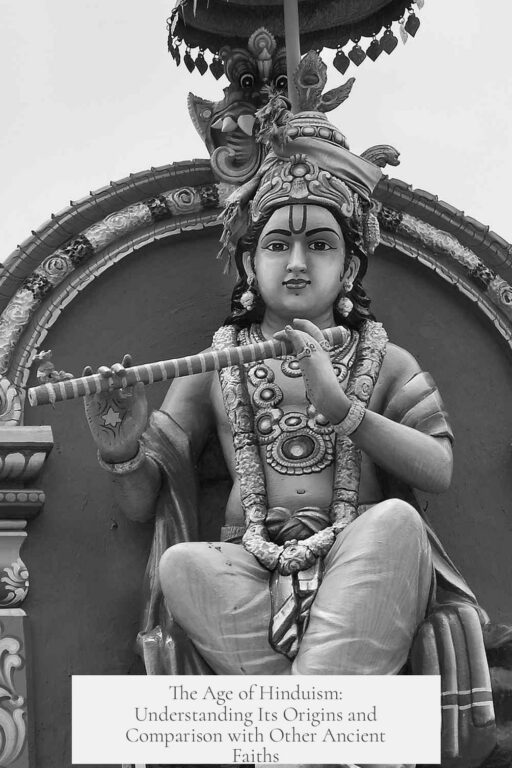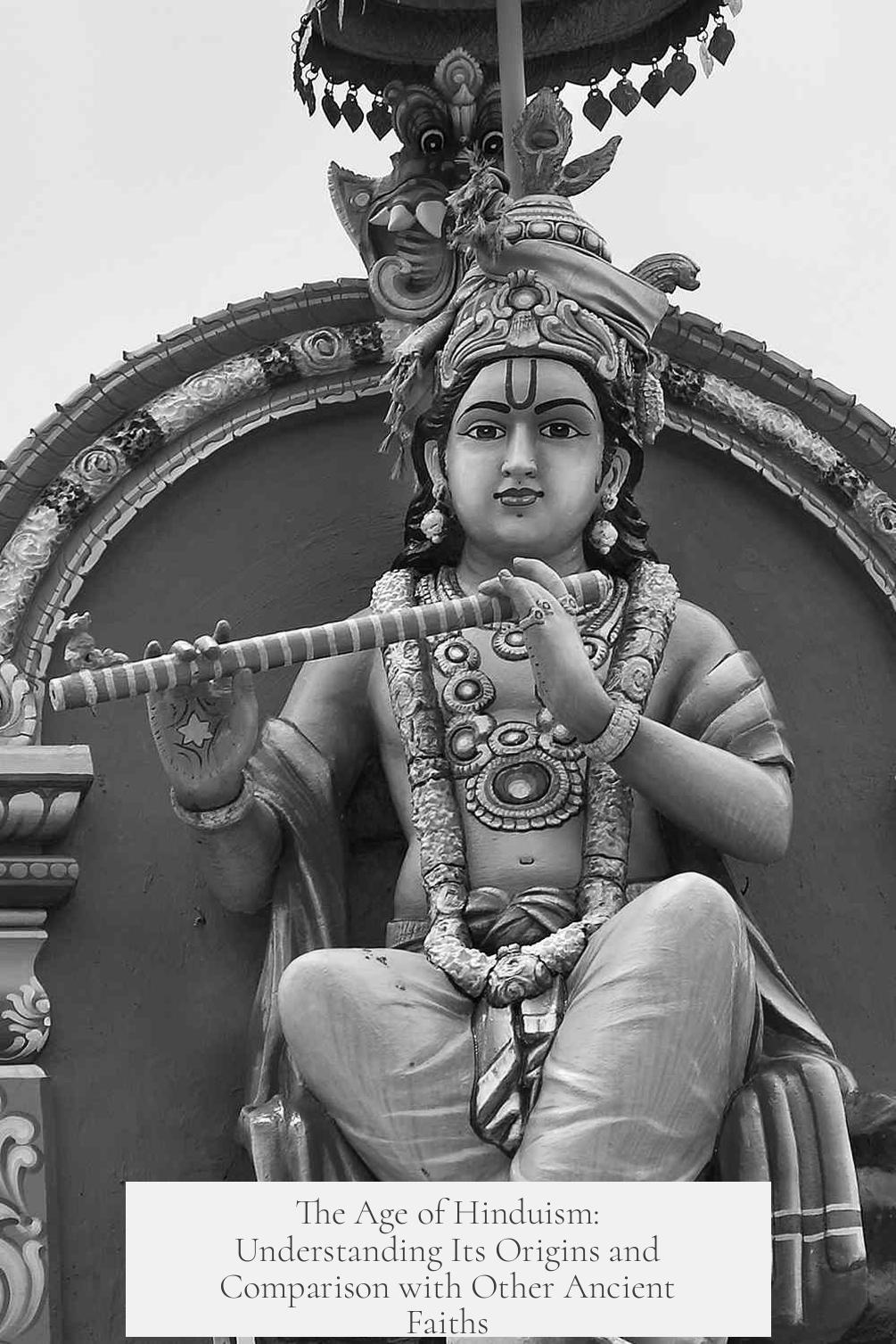Hinduism is approximately 3,800 to 3,000 years old, originating around 1800 BCE with the composition of the earliest Vedic texts. Its true age is complex to determine due to its evolutionary development and lack of a single founding event.
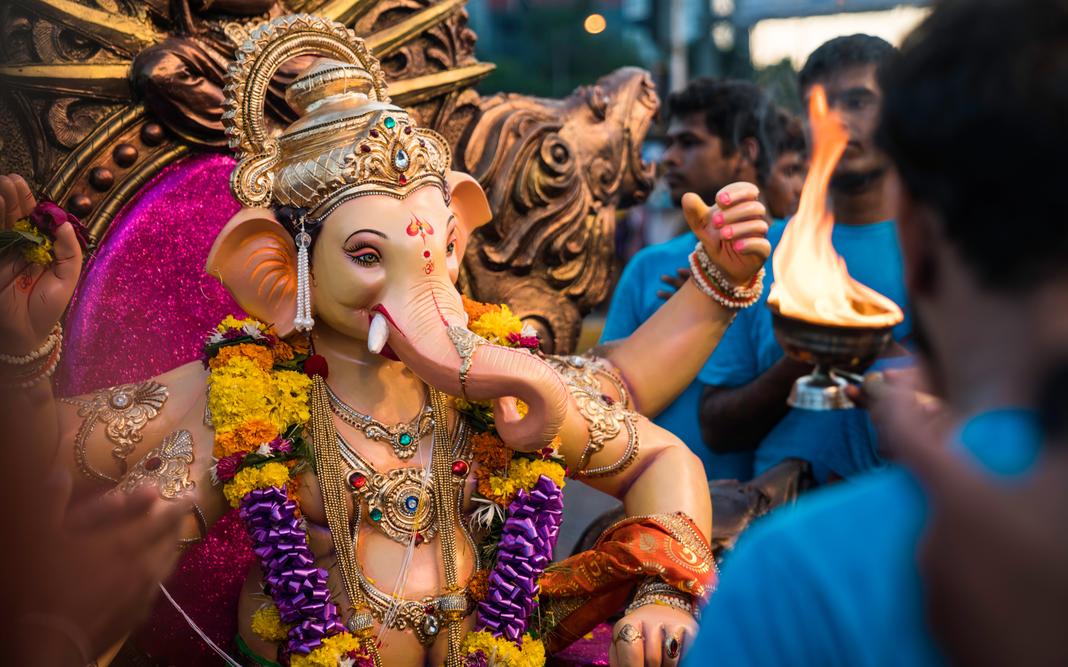
Determining the exact age of Hinduism is difficult because the religion evolved over millennia without a specific founder. Like other ancient traditions, it developed gradually and comprises multiple phases. The earliest Hindu scriptures—the Vedas—often serve as markers for dating Hinduism. These texts were composed orally and written down in the late 2nd millennium BCE. Thus, about 1800 BCE is widely accepted as the reasonable origin date for Hinduism.
Earlier oral traditions influenced these writings, so Hinduism’s roots likely extend a bit further back, though no verifiable evidence supports precise dating beyond this. The latest plausible date for Hinduism’s beginning lies near 1200 BCE, when scriptural composition became apparent. This period marks its emergence as a defined religious system distinct from other contemporary traditions.
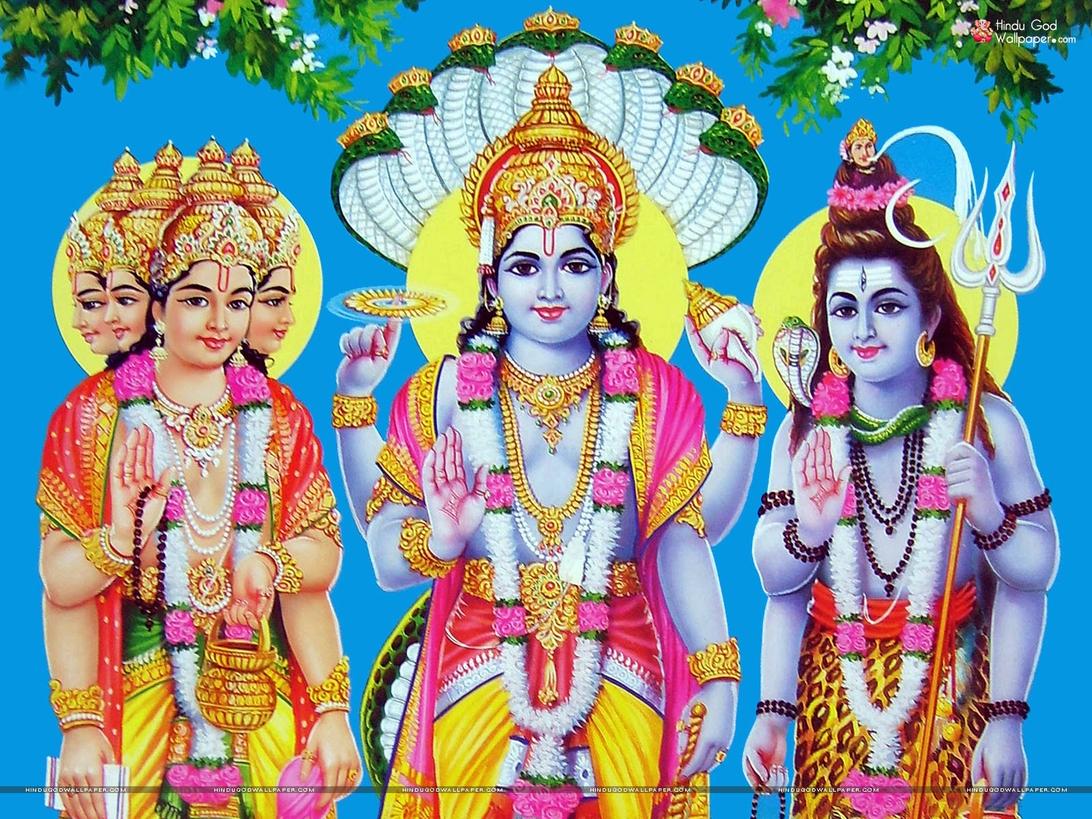
Hinduism’s history is commonly segmented into distinct phases:
- Vedic Period (c. 1800–600 BCE)
- Brahmanism Period (600–200 BCE), when Hinduism co-existed with Jainism and Buddhism
- Classical Period (200 BCE–1200 CE)
- Medieval Period (1200–1800 CE)
- Modern Period (1800 CE onward)
This broad periodization reveals ongoing transformation and adaptation of beliefs and practices over time. Unlike religions with a clear founder—Buddhism, Christianity, Islam—Hinduism evolved through layered traditions drawn from ancient Indo-Aryan culture.
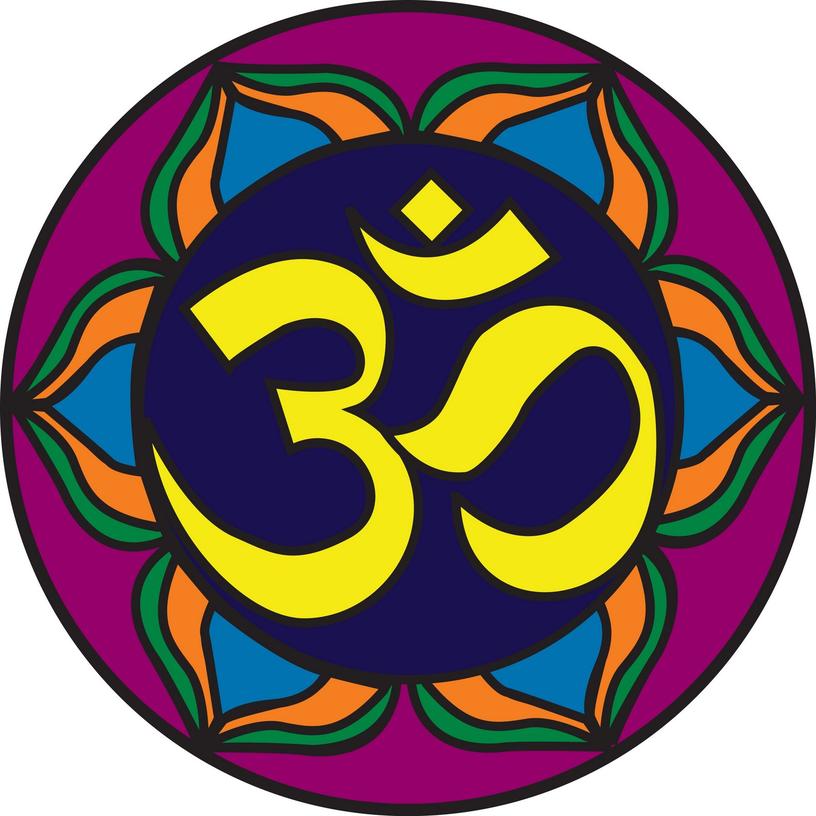
Comparing Hinduism’s age to other religions puts its antiquity into perspective. Zoroastrianism shares some similarities and likely stems from a related Indo-Aryan tradition. The oldest Zoroastrian texts—the Avesta’s Gathas—are linguistically close to the Rig Veda and may date back to a comparable period (late 2nd millennium BCE). Some scholars propose Hinduism and Zoroastrianism evolved alongside or from a common heritage.
Judaism is also an ancient religion, roughly as old as Hinduism if traced back to early traditions. However, exact dating is complicated by questions about the historicity of figures like Moses and the dating of the Torah. Parts of the Hebrew Bible, such as the Song of Deborah, could date to the late 2nd millennium BCE. Overall, Judaism’s roots extend over 3,000 years.
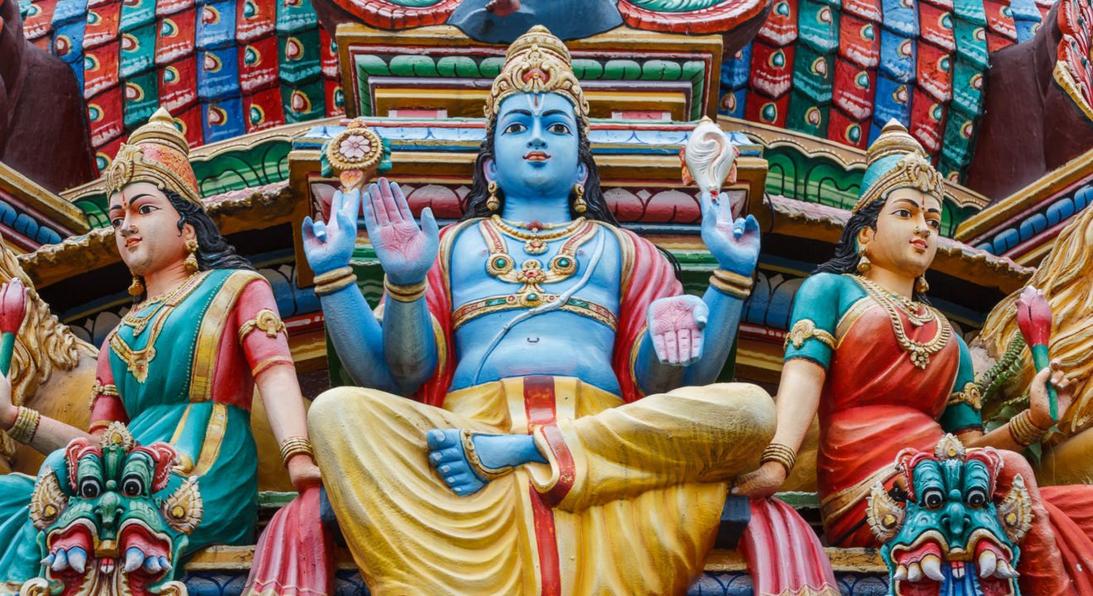
These comparisons highlight that many ancient religions developed over centuries rather than appearing fully formed. Oral traditions predate written records, making exact dating impossible. Religions like Hinduism with no single founder or initial document differ fundamentally from those with clearly identifiable beginnings.
| Religion | Approximate Origin | Key Texts | Notes |
|---|---|---|---|
| Hinduism | c. 1800 BCE | Vedas (Rig Veda) | Oral traditions predate written text; no single founder |
| Zoroastrianism | Late 2nd millennium BCE (possible) | Avesta (Gathas) | Textual dating uncertain; possibly contemporary with Hinduism |
| Judaism | c. mid to late 2nd millennium BCE | Torah, Song of Deborah | Historical origins debated; developments span centuries |
Religion symbolises human cultural evolution, often blending diverse elements over time. Hinduism exemplifies this process well. Its age questions reflect the broader challenge of identifying precise start points for ancient religious traditions that grew organically over generations.
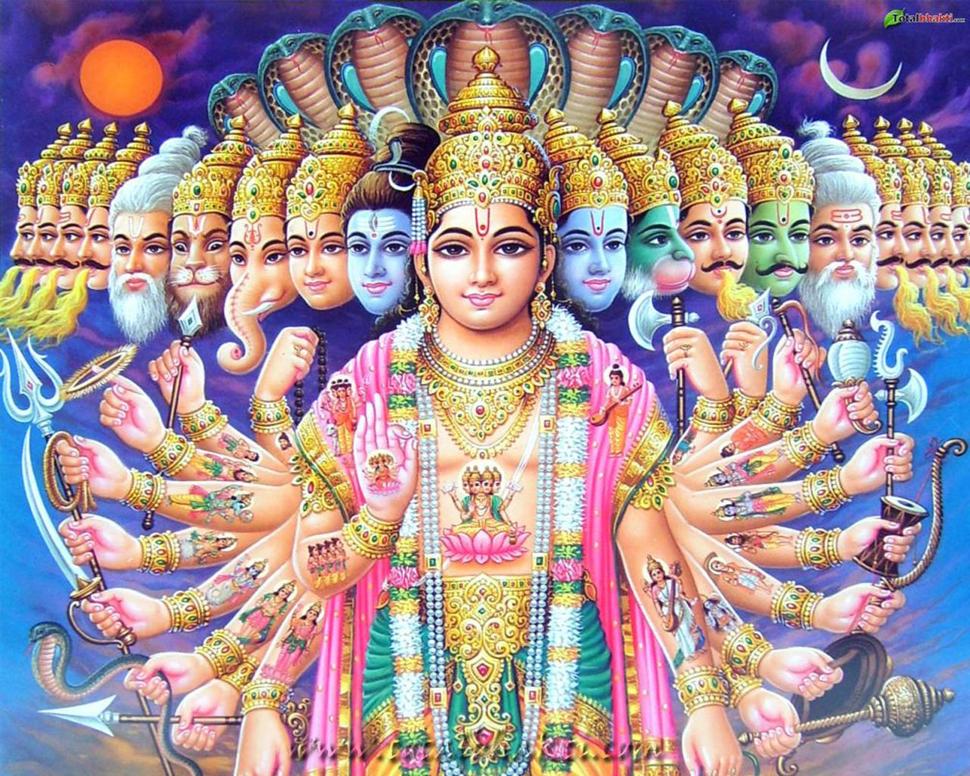
In summary, Hinduism begins around 1800 BCE with the earliest Vedic scriptures. Yet, it represents a continuum of beliefs and practices rooted in an older, oral Indo-Aryan tradition. Its evolutionary nature means pinpointing a single founding date oversimplifies its history.
- Hinduism dates back roughly 3,800 to 3,000 years.
- Earliest texts are the Vedas, composed orally before the late 2nd millennium BCE.
- Religion evolved through periods: Vedic, Brahmanism, Classical, Medieval, and Modern.
- Comparable in age to Zoroastrianism and Judaism.
- Lacks a single founder, complicating efforts to assign an exact origin date.
How Old Is Hinduism? Unpacking the Mystery of an Ancient Tradition
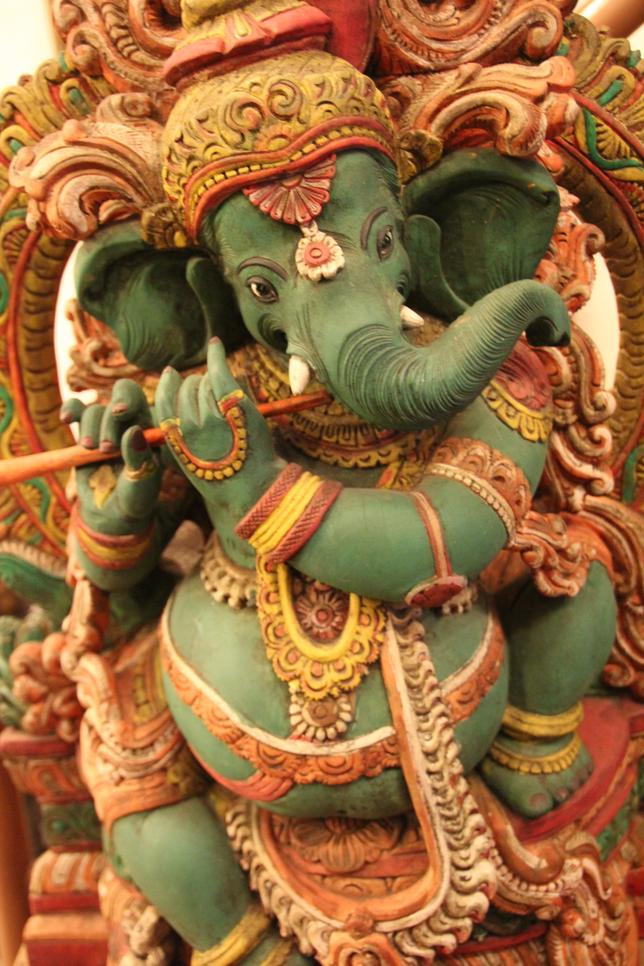
Hinduism is roughly 3,800 years old, tracing back to around 1800 BCE when the oldest Vedas began to take shape as oral traditions—that’s the earliest secure evidence we have. But here’s the thing: dating Hinduism precisely is like trying to pin down when humanity itself truly began. It’s complex, layered, and full of intriguing debates.
So, why does the question “How old is Hinduism?” stump us? It turns out, answering that might be trickier than figuring out if pineapple belongs on pizza (spoiler: it absolutely does, but that debate rages on forever).
The Difficulty of Dating Hinduism
Think about humanity’s age. Some say about 35,000 years for behaviorally modern humans, while others count the genus Homo back 2 million years. Like us, religions also evolve. Hinduism today isn’t exactly the same as it was thousands of years ago.
When people ask about Hinduism’s age, they’re really asking about which stage or phase of Hinduism they mean. Different epochs paint Hinduism in different lights.
Periodization: The Chapters of Hinduism’s Story
Hinduism isn’t a single snapshot frozen in time but more like a lengthy film with several acts.
- Vedic Period (c. 1800–600 BCE): The oldest phase, where the Vedas—a collection of sacred hymns—formed the core of spiritual life.
- Brahmanism (600–200 BCE): Hinduism begins to coexist with Jainism and Buddhism, “religious roommates” sharing the stage.
- Classical Period (200 BCE–1200 CE): Texts like the Upanishads and epics such as the Mahabharata flourish.
- Medieval Period (1200–1800): Further development of rituals and devotional movements.
- Modern Period (1800 CE onward): Hinduism interacts with the global world, adapting and thriving.
Each stage has nuances, shaping what Hinduism means at any given time. So telling you “how old” Hinduism is depends on which act you wish to spotlight!
Origins: Oral Traditions Before Writing
The oldest Vedas weren’t written until the late 2nd millennium BCE. Before being inked on palm leaves, these sacred texts lived in the rich oral tradition of chanting and reciting.
Scholars cautiously mark around 1800 BCE as the reasonable starting point because that’s when Hinduism’s spiritual footprints become visible in written form. Pushing the origin back further lacks solid evidence.
Think of it this way: Hinduism is like an ancient song passed down generations by word of mouth, then finally written down for posterity.
How Hinduism Compares With Other Ancient Faiths
To grasp Hinduism’s age, it helps to glance at its contemporaries:
- Zoroastrianism: Its sacred texts, the Avesta, were written during the Sasanid period, but parts like the Gathas—the heart of the tradition—date back to the 2nd millennium BCE, close to the Rig Veda. These similarities hint both religions might stem from a shared Indo-Aryan root.
- Judaism: Dating Judaism is tricky too. If Moses was real, he might have lived around the mid-2nd millennium BCE. The Torah’s final form arrived much later, but some elements like the Song of Deborah may date from the late 2nd millennium BCE. Both traditions share evolution over millennia.
So Hinduism, Zoroastrianism, and Judaism probably emerged around the same ancient era. However, unlike religions with clear founders like Buddhism or Christianity, pinpointing a single date for Hinduism is less straightforward.
Founder or No Founder?
Many major religions have identifiable founders (think Jesus, Buddha, Muhammad), which provides a clearer starting point.
Hinduism doesn’t have a single founder; it’s a collection of ideas, rituals, and philosophies that grew over time, like a sprawling family tree. This makes the exact birth date a moving target.
Why Does This Matter? Understanding Hinduism’s Age Helps Us Appreciate Its Depth
Knowing Hinduism is about 3,800 years old at minimum helps us appreciate its rich layers.
Picture a tradition that has evolved through multiple periods, adapting to new cultures, ideas, and philosophies, yet kept core elements intact. It’s a religion that welcomes questions, embraces paradox, and refuses to be boxed in.
And here’s something practical: if you’re curious about Hindu spiritual practices, knowing their roots helps you understand why rituals, festivals, and beliefs have such deep historical resonance.
Quick Takeaway
| Aspect | Estimated Date |
|---|---|
| Oral Traditions Begin | Before 1800 BCE |
| Oldest Vedas Written | Late 2nd Millennium BCE (~1800 BCE) |
| Zoroastrianism Gathas | Similar period: 2nd Millennium BCE |
| Judaism’s Early Texts (Song of Deborah) | Late 2nd Millennium BCE |
| Hinduism Periods Overview | Vedic (1800–600 BCE) to Modern (1800 CE onwards) |
Wrapping Up: The Timeless Flow of Hinduism
Do you see why it’s nearly impossible to answer “How old is Hinduism?” with a simple date? Hinduism’s story unfolds across thousands of years, languages, and thinkers.
Next time you encounter someone asking this question, smile knowingly and explain: Hinduism’s age is less a fixed point and more a flowing river. It stretches back about 3800 years, possibly more if we count oral traditions, entwined with history and myth. It’s a living tradition, still growing and changing.
In the end, Hinduism’s true age might just be as old as humanity’s own quest to understand the divine, the cosmos, and ourselves.
